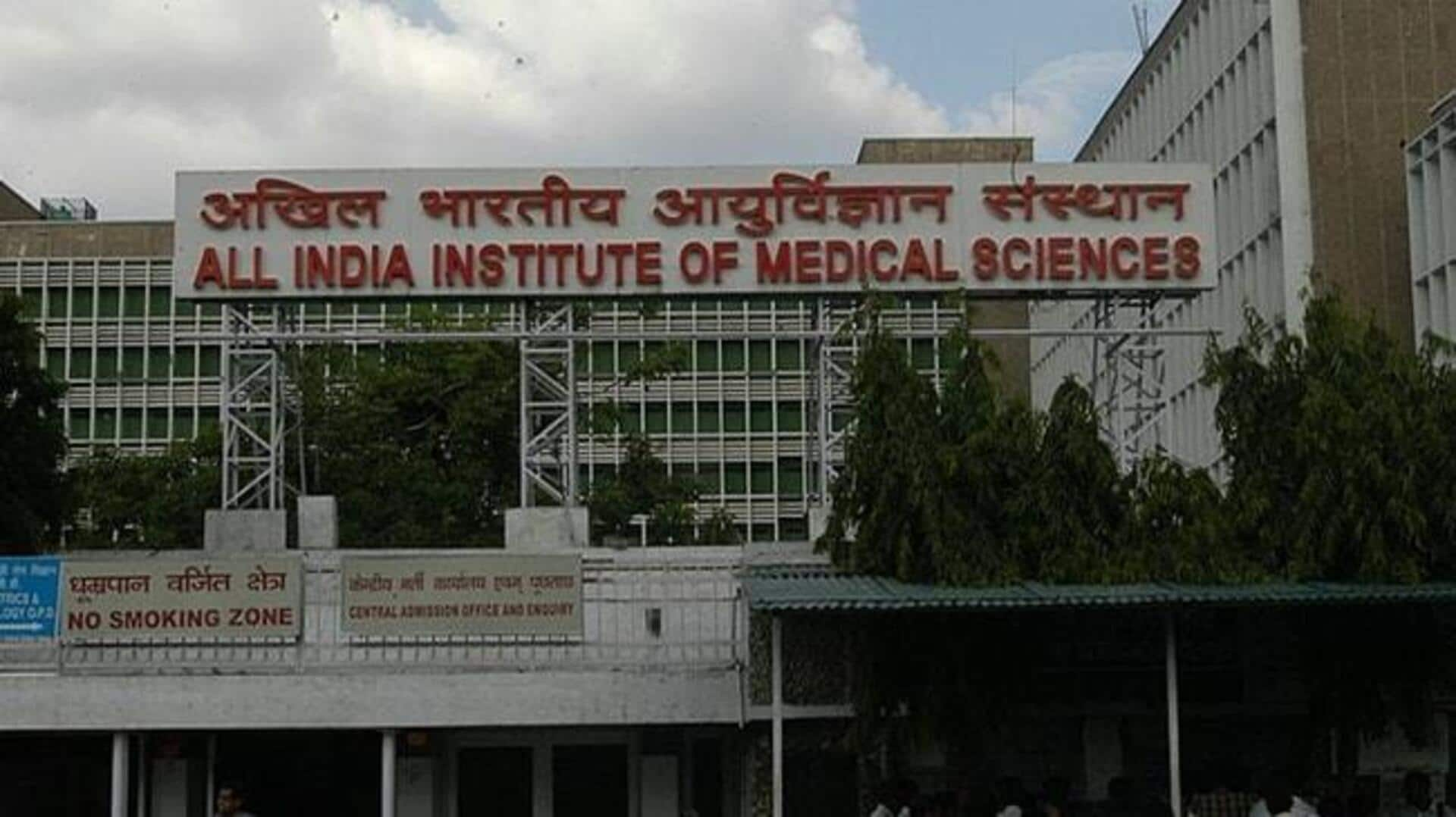
How AIIMS-Delhi doctors cracked way to diagnose rare genetic disease
What's the story
A team of researchers from All India Institute of Medical Sciences (AIIMS) in Delhi has developed a groundbreaking new method for diagnosing Primary Ciliary Dyskinesia (PCD). It is a rare genetic disorder that primarily affects the respiratory system. The innovative technique, which utilizes transmission electron microscopy (TEM), is expected to revolutionize detection and understanding of ciliary disorders. The research was led by Dr. Subhash Chandra Yadav and Professor Kana Ram Jat, from Department of Anatomy and Department of Pediatrics, respectively.
Diagnostic breakthrough
Innovative diagnostic method outperforms whole-genome sequencing
The research, titled 'An Innovative TEM-Based Ultrastructural Imaging Methodology for the Diagnosis of Respiratory Ciliary Disorders,' was published in the journal Microscopy and Microanalysis (University of Oxford). According to the study, the method improves diagnostic accuracy by identifying structural defects in motile cilia, in nearly 70% of suspected cases. This even surpasses the advanced whole-genome sequencing techniques currently used.
Test results
TEM technique confirms diagnoses in majority of patients
The innovative TEM technique was applied to 200 patients suspected of ciliary disorders, confirming the diagnosis in 135 cases. The researchers believe the scope of this new method goes beyond just PCD. It can accurately identify a range of rare ciliary-related conditions such as respiratory anomalies, renal cystic disease, blindness, neural tube defects, intellectual disability, skeletal abnormalities like polydactyly and abnormally short limbs. It can also detect ectodermal defects, situs inversus (a condition where internal organs are mirrored), and infertility.
Enhanced detection
Boosting detection capability by nearly 640 times
The unique part of this approach is its detailed and refined workflow. Every step, from meticulous sample collection and fixation to ultra-thin sectioning and advanced TEM imaging, is optimized to improve visibility of tiny defects. This increases detection capability by almost 640 times over conventional methods. Medical experts have called this innovation a game-changer in genetic diagnostics owing to its potential for faster and accurate diagnoses.